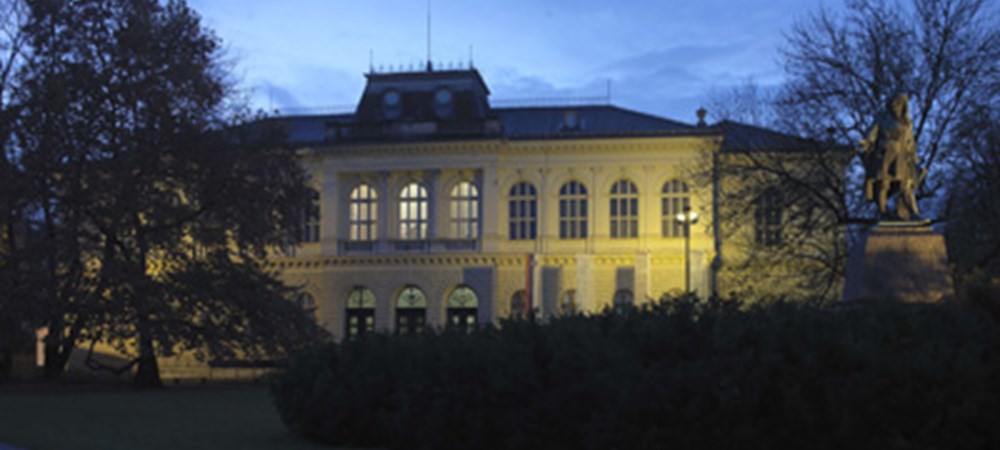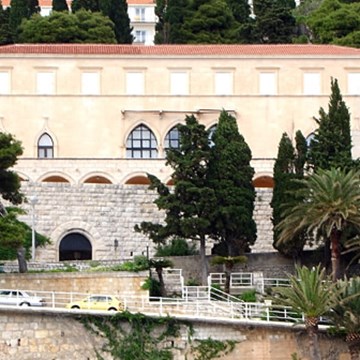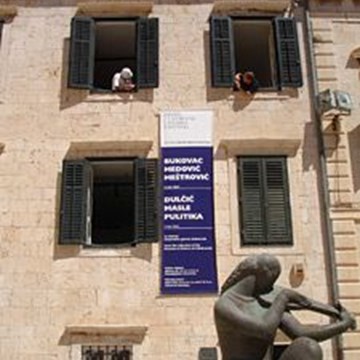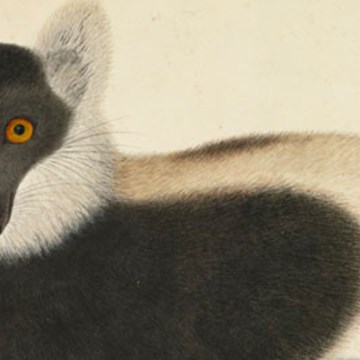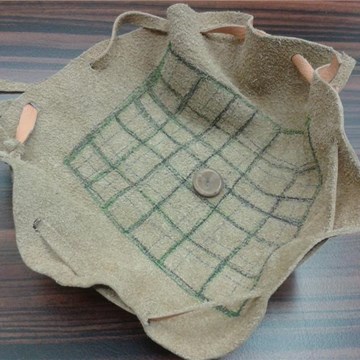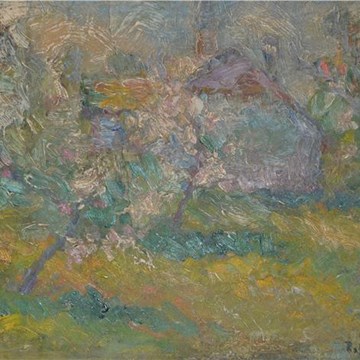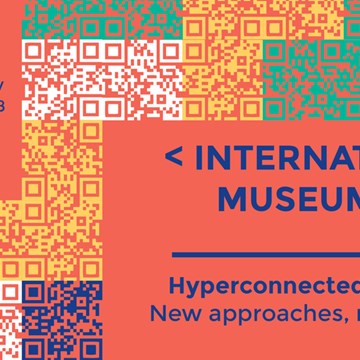National Museum of Slovenia
Narodni muzej Slovenije
National museum of Slovenia is the oldest and the largest Slovene museum. It was founded in 1821. Existent museum building on the Museum street, was built in 1888 and was the first building assigned solely to culture in Slovenia.
Today its stores a rich collections of valuable objects. The oldest spring back to the Stone Age, but there are also the newer ones, which are still used in our everyday life. Important columns of museum activity are also rich museum library and unit for preservation and restoring.
In the central museum building on Prešernova Street, you can see the oldest musical instrument in the world, 55 000 years old Neanderthal's flute from the Divje babe cave. Another remarkable object is a charming Vače situla. There is a brief presentation of the area, which through time became a native country for Slovenes. Of course there is a vast collection of other interesting objects that tell a story of the life before our time, which are presented in the permanent exhibitions:
• TREASURES OF THE NATIONAL MUSEUM OF SLOVENIA
The exhibition presents a selection of objects ranging from the Stone Age to the Medieval and Modern Periods. These represent the most important and most precious artifacts from the archaeological collections of the National Museum of Slovenia.
• SLOVENE LANGUAGE: IDENTITY AND SYMBOL. A short History of Slovenes
The exhibition presents the history of the Slovenians from the early days of Slavic settlement to the present day. The common thread running through the exhibition is the Slovenian language, which survived the multitude of political systems and regimes that shaped the life in Slovenian inhabited areas.
• THE ANCIENT EGYPTIAN MUMMY
The National Museum also keeps Slovenia’s only Old Egyptian mummy. The inscription on its anthropomorphic coffin, found in a west Theban cemetery, indicates that the mummified body belonged to Isahta, a priest of the temple of Amun in Karnak in the Late Dynastic Period (25th–26th Dynasty, 8th–7th centuries BC).
• THE LAPIDARIUM
The National Museum of Slovenia today has a collection of more than 200 stone monuments with inscriptions. They mostly come from the areas of Ljubljana (Roman Emona), Trojane (Atrans), from the village of Zasavje, and from Lower Carniola as a whole.
Other venues
Exhibitions and events
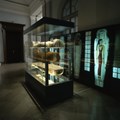
The Ancient Egyptian Mummy
Permanent exhibitionIn 1846, Sir Anton Lavrin, the Austrian general consul in Egypt, gave to what was then the Museum of the Province of Carniola in Ljubljana an Egyptian mummy in a painted wooden anthropomorphic...
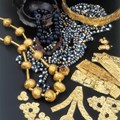
Treasures of the National Museum of Slovenia
Permanent exhibitionThe exhibition presents a selection of objects ranging from the Stone Age to the Medieval and Modern Periods. These represent the most important and most precious artifacts from the...
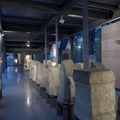
Rimski lapidarij Narodnega muzeja Slovenije
Permanent exhibitionNa ogled je zbirka več kot 200 kamnitih spomenikov z rimskimi latinskimi napisi, polna informacij o spomenikih in rimskem obdobju na slovenskem ozemlju. Narodni muzej Slovenije ima namreč med...
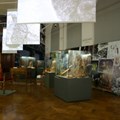
Slovene language: identity and symbol. A short History of Slovenes
Permanent exhibitionThe exhibition presents the history of the Slovenians from the early days of Slavic settlement to the present day. The common thread running through the exhibition is the Slovenian language,...
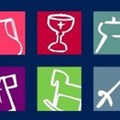
Zgodovinske in umetnostne zbirke
Permanent exhibitionPo domala dvestotih letih zbiranja vsakovrstnih predmetov, ki so se izdelovali in uporabljali na naših tleh in so značilni in pomembni za Slovenijo in Slovence, je od leta 2008 odprta stalna...
Educational programs
We don't have anything to show you here.
Collections
We don't have anything to show you here.



